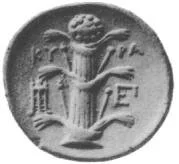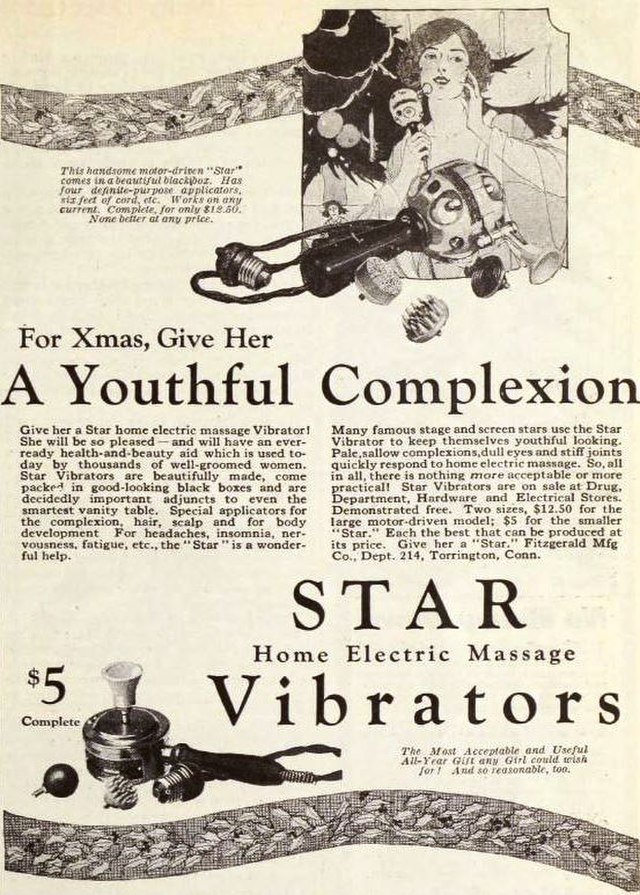So, you have a sweetheart, woop-dee-doo good for you. Anyways, so you really love this girl, and you really want to show it. You want her to know that you love her with your whole heart. So what do you do? Well, if you’re like most dumbasses these days, you send them a text with a heart symbol, and maybe a kissy face to boot. However, after you send the text you start really looking at that heart symbol, and you notice, your heart doesn't look anything like that. So, what the fuck is up with that? Well, that's an interesting story my curious chum.
Now it's true, the heart symbol looks nothing like an actual heart, but it does look like a seed, and not just any seed, the seed of a plant called silphium. What's that, you don't know what silphium is? Well my friend, there's a pretty damn good reason for that. You see, Silphium was a member of the fennel family. It grew wild on a small section of the coast of Libya, an area about 125 miles long and 30 miles wide. Silphium was a prized commodity in the ancient world, so prized that the Greeks built the city of Cyrene in the 7th century BC in order to gain control over the limited growing area. The Greeks of Cyrene guarded the plant jealously, exporting limited amounts throughout the Mediterranean. The plant greatly was prized by the rich and powerful. In fact, it was so important to Cyrene's economy that it was placed on all of the city's money.
So what was this wonder plant? Well, silphium was a very versatile plant. Nearly every part of it was used for something, everything from its root like tubers, to its celery like stalks, to its oily resin. It was often used in cooking, though this was secondary to its many purported medical uses, which included treating coughs, sore throats, fevers, indigestion, warts, leprosy, aches and pains, and pretty much anything else you can think of. It was the ultimate go to medicine for ancient doctors, but this wasn't the reason it was so prized. No, the reason that silphium was worth more than its weight in silver, was because the resin had a curious side effect in that when it was ingested by a woman, it could prevent a pregnancy, or safely terminate an existing pregnancy. In a time when bleeding was still considered a valid treatment, silphium could give the rich and powerful the ability to have sex without worrying about the possible pooping and crying side effects.
So what happened? Why aren't we enjoying the benefits of this miracle plant today? Well, just like the people of today, ancient people were assholes. The Romans conquered Cyrene and the surrounding territory in 96 BC. With the source of the wonder plant secured, they went hog wild with its use. The wealthy citizens of Rome, enriched by an economic boom brought on by their widespread conquests, were willing to pay any amount to get a hold of the natural birth control. Not only did they harvest as much as possible, they even grazed cattle in the fields, swearing that it made the meat taste better. Unfortunately, the Romans discovered too late that the plant, for whatever reason, could not be cultivated, it could only grow wild. The Romans literally fucked silphium into extinction. The last plant was presented to Emperor Nero around 64 AD as a curiosity. Being an asshole, he promptly ate it.
Now though silphium is gone forever, its legacy is still with us today. The heart symbol shaped seeds were often described in old Roman tomes and records, and over time the shape became a symbol for sex. These records describing silphium were copied and re-copied throughout the Middle Ages, and over time, the symbol became more connected with the idea of love, or at least some people claim. So, next time you send that heart symbol to somebody, give it a little thought. Do you really love this person, or are you just looking to get your freak on?
Image: https://commons.wikimedia.org/wiki/File:Silphium.jpg



